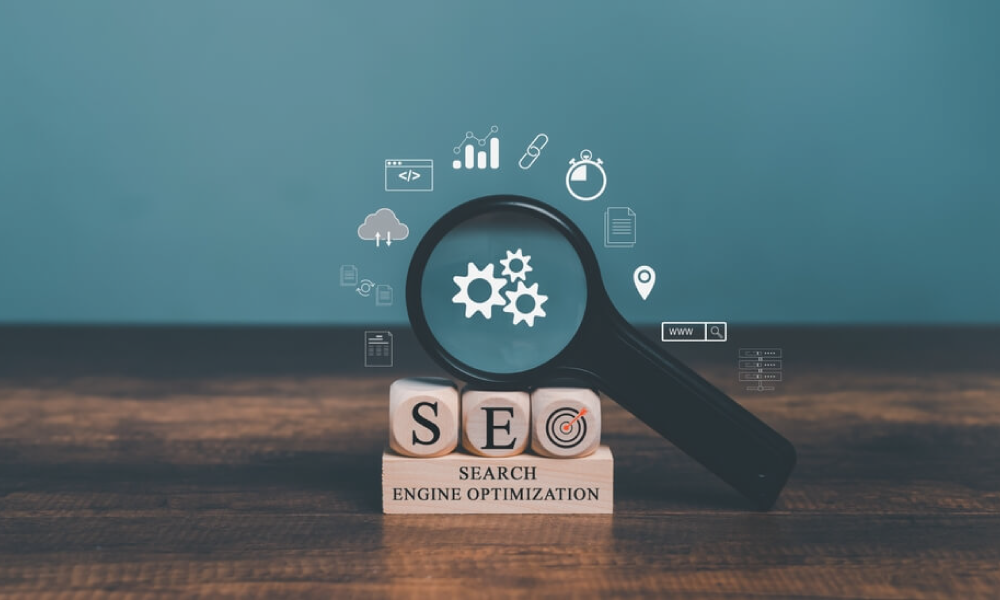THE ACCESSIBILITY DIRECTIVE AND ITS RELEVANCE FOR BUSINESS?
The Accessibility Directive was adopted by the European Union on 17 April 2019 to promote accessibility of products and services for people with disabilities. Member States have now incorporated the Directive into their legislation. However, in six months’ time – on 28 June 2025 – businesses will have to comply with the Directive.
While these requirements may seem complex at first, the right partner can help ensure compliance without unnecessary complications. Skrivanek Baltic offers expert advice and solutions to help businesses not only meet the requirements, but also gain a competitive advantage by improving multilingual digital accessibility. Businesses that implement accessibility requirements on time will not only avoid legal risks, but also expand their customer base and improve their digital presence.
In this article, we will take a closer look at the requirements of the Directive and their implications for companies when creating and maintaining websites. We will also highlight the benefits of the changes.
Website accessibility requirements
One of the most important aspects of the Directive is to ensure that websites are fully accessible to all sections of society – including people with disabilities. Below are the main aspects that should be addressed.
To ensure that the content of a website is clearly understandable and meets the requirements of the Accessibility Directive, Skrivanek offers a text readability audit to help identify language barriers, complex wording and opaque information structure. Our experts can analyse and adapt content, making it easier to understand for different user groups, including people with cognitive or linguistic challenges. In addition, Skrivanek can conduct website accessibility testing, ensuring that text, media elements and navigation meet accessibility standards, helping businesses to successfully meet regulatory requirements and improve user experience.
Alternative text for images
Each image must be descriptive with alternative text (‘alt text’) to enable visually impaired users to perceive it using screen readers.
Use of correct headings and titles
Websites must be logically structured. Pages should use H1, H2 and H3 headings to improve navigation.
Navigation with keyboard
It should be possible to browse the site using only the keyboard. This is essential for users who cannot use a mouse.
Sufficient contrast and legibility
Text and background colour should have sufficient contrast to be readable by people with visual impairments.
Accessible forms and input fields
All forms, such as questionnaires, should be clearly labelled and have appropriate instructions for completion. This would ensure a higher level of usability.
Accessible video and audio content
Audiovisual material should be available in a variety of formats. For example, video should include subtitles and audio descriptions, while audio content should also be in text form. Such more accessible content would also be more easily consumed by people with hearing or visual impairments. Skrivanek offers professional subtitling, audio description and text transcripts in several languages, thus ensuring high quality and accessible content for a wider audience.



OTHER DIGITAL COMPLIANCE REQUIREMENTS
In addition to these website requirements, companies need to make sure that their e-commerce platforms, mobile apps and other customer service technologies meet accessibility requirements.
These requirements apply to a wide range of digital products and services, such as:
- online banking;
- transport booking platforms;
- retail websites;
- and services provided by national and local governments.
REASONS WHY ACCESSIBILITY IS GOOD FOR BUSINESS
Any change can lead to resistance and a desire to do business as usual. Also, money may have to be invested to make changes. But improving accessibility also has significant benefits that can be attractive to businesses.
A wider range of customers
By improving the accessibility of websites and services, businesses can reach a much wider range of potential customers. According to the European Commission, there are around 87 million people with various types of disabilities in the EU. In Latvia, however, more than 200 000 people have at least one of the disability categories.
But these changes are not just for people with disabilities. Accessibility also makes it easier for older people and people with temporary functional impairments to use services.
Improved SEO, increased traffic
Accessible websites often rank higher on Google, Bing and other search engines. Skrivanek can help not only with a multilingual SEO strategy, but also with accurate keyword translations and customisation for different markets, which contributes to a company’s visibility and accessibility on a global level.
For example, alternative text for images, appropriately labelled headings (with H1, H2 and H3 levels) and customised design for smart devices contribute to a better position when searching for website-related keywords in a web browser.
This, in turn, can further increase the number of visitors to the site. And more interested visitors can increase sales.
Better user experience (UX)
Accessibility improvements make the site easier to navigate and more user-friendly. When the navigation is clear and the content easy to understand, user satisfaction and engagement increases, for example when deciding whether to make a purchase.



How does accessibility help multilingual businesses?
For businesses that offer their services in multiple languages, accessibility improvements bring significant benefits – improving communication with a wider range of customers and making it easier to launch in new markets.
Better multilingual SEO
Ensuring that alternative text, meta descriptions and headings are correctly translated and accessible in different languages is important for the usability of digital content. This not only improves the position of the site in search engines in different countries, but also increases visibility in global search results, helping to reach a wider audience.
More accurate automated translations
If the site has not yet been translated into different languages, then labelling content in a structured and clear way makes it easier for automatic or artificial intelligence (AI) translation tools to ‘do their job’, allowing for more accurate and fluid translations. For example, when website visitors use translation tools built into web browsers.
Steps for businesses to take
By 28 June 2025, companies have until then to:
- conduct an accessibility audit – identify and address digital accessibility gaps;
- train their team – developers, designers and content creators need to know accessibility standards;
- update their website and content by introducing alternative text, tidying up the headline structure and creating keyboard navigation and multimedia accessibility features;
- consult experts – working with accessibility specialists can quickly and efficiently identify where improvements are needed;
- regularly monitor and maintain compliance – changes take time to implement, so conditions need to be adapted and enforced.
To ensure effective implementation of these steps, it is important for companies to work with trusted partners who are familiar with accessibility requirements and can offer practical solutions. Skrivanek helps companies to conduct full accessibility audits, translate and localise content into multiple languages, create accessible multimedia materials and adapt digital content to SEO requirements.
Main challenges
It is common in business that change can bring not only benefits, but also some risks. These changes are no exception. To facilitate change, certain challenges may have to be faced.
Additional costs
One of the biggest challenges when implementing accessibility solutions is the additional cost. But to a large extent, these costs can be seen as a long-term investment, not just an expense.
Awareness and training
Many companies are not yet aware of accessibility requirements and the importance of implementing them. Skrivanek offers training and workshops on multilingual digital accessibility, helping companies to adapt more effectively and ensuring that accessibility standards are met not only in English but also in other languages in which the company operates.
To ensure a more successful transition, it is important to train employees and to work with experts in the field. By educating your team on accessibility standards, companies can adapt more effectively to the new requirements and ensure long-term compliance.
Understanding technical requirements
The technical side of promoting accessibility can seem complex. Especially if nothing similar has been done before. A good first step can be the international accessibility guidelines published in Latvian by the Ministry of Smart Administration and Regional Development, or WCAG (Web Content Accessibility Guidelines).
Adaptation and translation of documentation is important to better understand and implement accessibility standards. Skrivanek can help companies by translating and localising technical documentation into different languages, which is essential for companies operating in an international market and wishing to comply with global standards.
However, for more extensive knowledge and tailor-made solutions, it is advisable to contact experts who can save time by coming with ready-made recommendations and solutions.
Accessibility may seem like a burden at first, but investing a little time in improving accessibility can attract more visitors, which in turn can lead to increased sales.
If you need help to dive deeper into accessibility requirements, feel free to contact Skrivanek Baltic or book an online consultation for more information on how we can work together. Together we will find a tailored solution for you.

